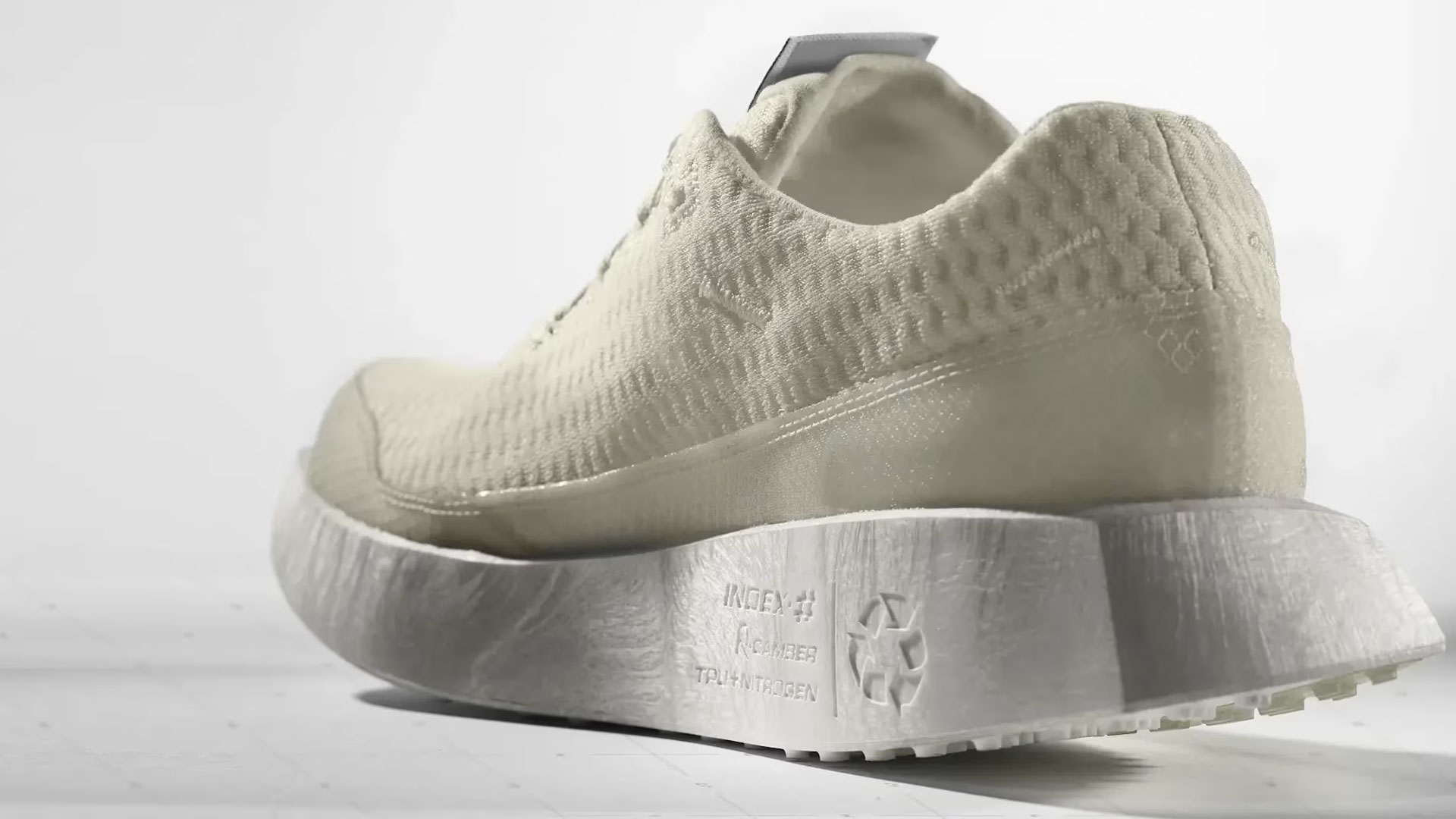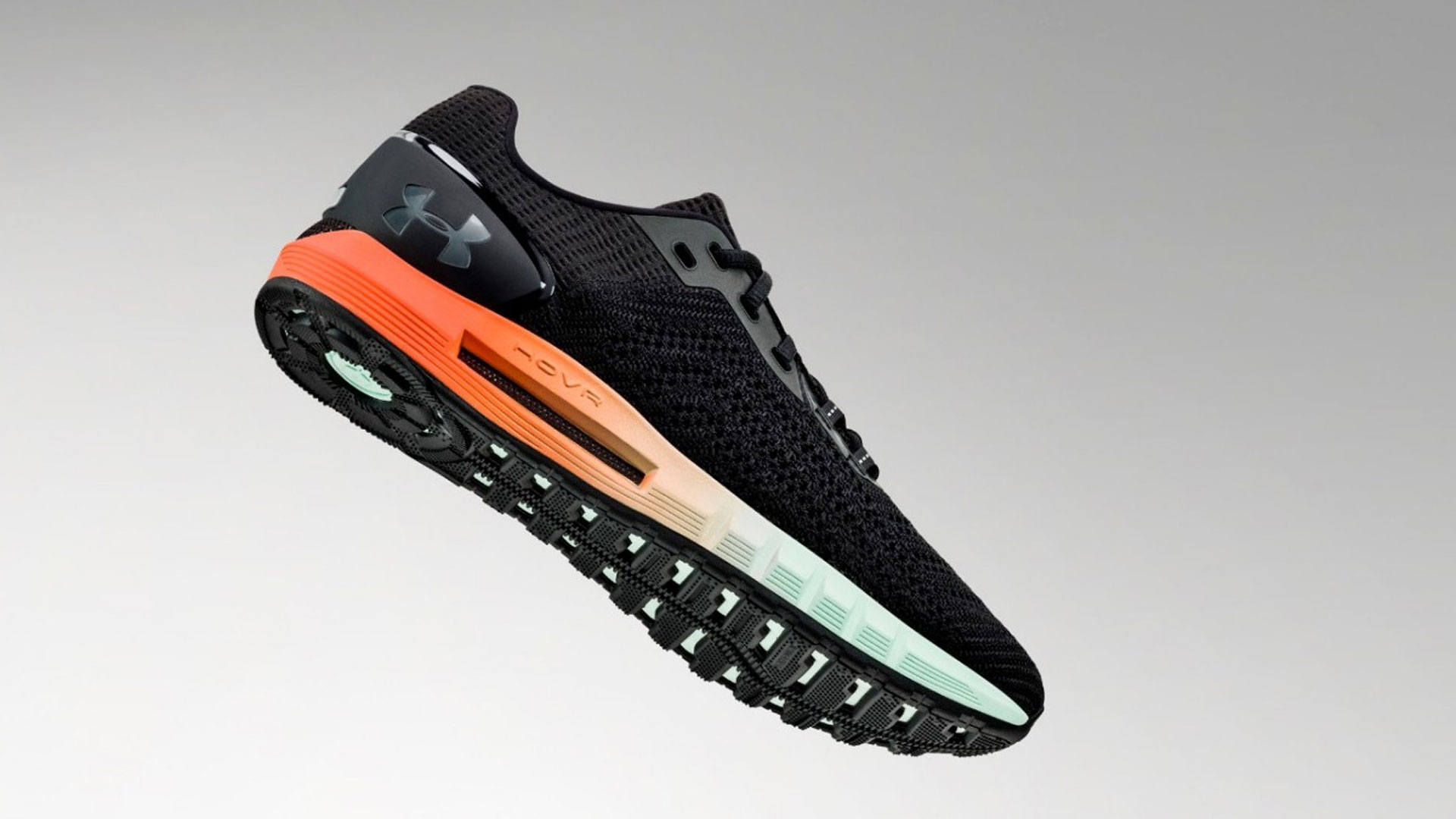
From the lab to the shelf, innovation is not only reshaping how shoes are made but redefining what consumers expect from them.
For CEOs and senior leaders navigating global brand portfolios, the challenge is no longer keeping pace with design trends. It is about building organisations capable of integrating science, sustainability, and storytelling at speed.
So where is the future of footwear heading and who is leading the charge?

Material innovation is no longer a sustainability department project. It has become a brand differentiator, especially among younger consumers who are increasingly choosing products based on environmental impact.
Allbirds remains a headline example. While the brand built its reputation on merino wool uppers and sugarcane midsoles, its recent push into performance running shoes has kept sustainability at the centre. The Tree Flyer features a proprietary foam that is bio-based and delivers on both energy return and carbon reduction. The brand claims it is 30 percent lighter than traditional EVA foam.
Similarly, Adidas has made strides with its Futurecraft Loop project, a fully recyclable shoe made to be remade. The pilot programme may still be in early phases, but the long-term vision is clear: footwear with a closed loop lifecycle, reducing landfill and encouraging brand loyalty through take-back schemes.
For technical categories, Salomon has applied its mountain-grade materials expertise to more urban and versatile silhouettes. The Index.01, its first recyclable running shoe, is made with TPU that can be reground and reused once the shoe reaches end of life.
These material shifts are not just for marketing. They are becoming core to supply chain strategy, product positioning, and margin control.

Once seen as a gimmick, smart footwear is beginning to mature. Brands are moving beyond step tracking to offer embedded technology that enhances performance, prevents injury, and delivers real-time feedback.
Under Armour’s HOVR Connected range pairs seamlessly with MapMyRun, allowing athletes to track gait, stride length, and cadence with data that syncs directly to training apps. The insight is not just about performance but recovery, helping reduce injury rates and optimise planning.
Nike continues to experiment with embedded tech. While its Adapt self-lacing system drew headlines, its Run Club integration and the company’s continued exploration of digital twins in product testing signal a broader ambition: merging hardware and data to create truly personalised footwear ecosystems.
Outside of mainstream sport, emerging players are pushing innovation further. E-Traces, a Paris-based design project, has explored how ballet shoes embedded with sensors can visualise movement as digital art. While not mass market yet, it points to the growing crossover between tech, motion, and self-expression.
The message is clear. Shoes are becoming devices, not just apparel.

Mass customisation, long the holy grail of footwear manufacturing, is finally inching closer to reality. Brands are beginning to crack the balance between factory efficiency and personal expression.
Nike’s By You platform has been a longstanding player in this space, but newer brands are making customisation core to their identity.
Atoms, a direct-to-consumer label, offers quarter-size increments and sends customers three sizes to ensure optimal fit. Their approach reflects a shift from one-size-fits-all to fit-first design.
On Running has also piloted subscription-based footwear models, where shoes are returned and replaced on a rolling basis. This unlocks a new kind of personalisation based on lifecycle, activity, and wear patterns.
Behind these innovations lies a deeper truth: brands that can understand, predict, and respond to individual consumer needs are building longer-term loyalty. And the tech to support that is finally catching up.
These product advancements raise an important question, who is building them?
Behind every breakthrough lies a multidisciplinary team spanning biomechanics, robotics, sustainability science, digital design, and consumer psychology. Yet many brands are still hiring through traditional industry lenses, overlooking the kind of talent now required to lead innovation pipelines.
The future of footwear belongs to brands who can integrate scientific insight with commercial agility. It also belongs to those who rethink not just what they make, but how they make it, investing in new production models, digital twins, additive manufacturing, and localised fulfilment to reduce waste and time-to-market.
Innovation is no longer a seasonal story. It is becoming the defining characteristic of footwear brands ready for the next decade. Whether through smarter materials, digital integrations, or personalised design, the brands shaping this space are those who can deliver on both function and feeling.
At Virtua, we help footwear and performance brands find the leadership and talent to build what comes next. From innovation leads and product engineers to sustainability strategists and digital creators, we connect brands with the people who turn ambition into reality.
👉 Ready to future-proof your footwear team? Let’s talk.